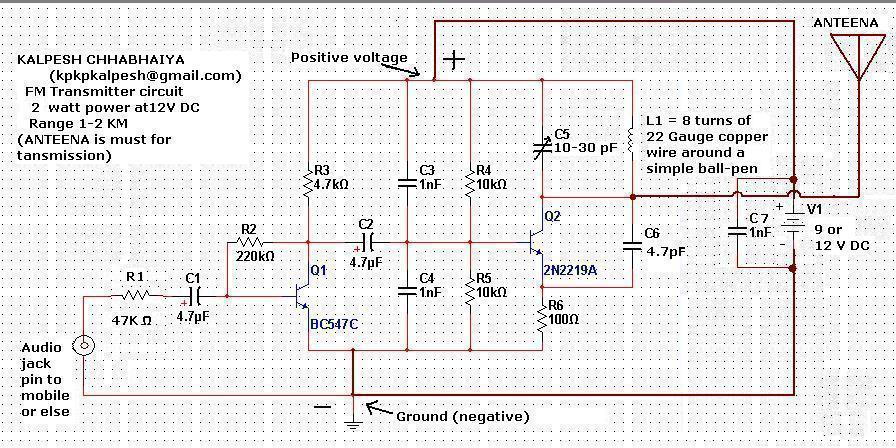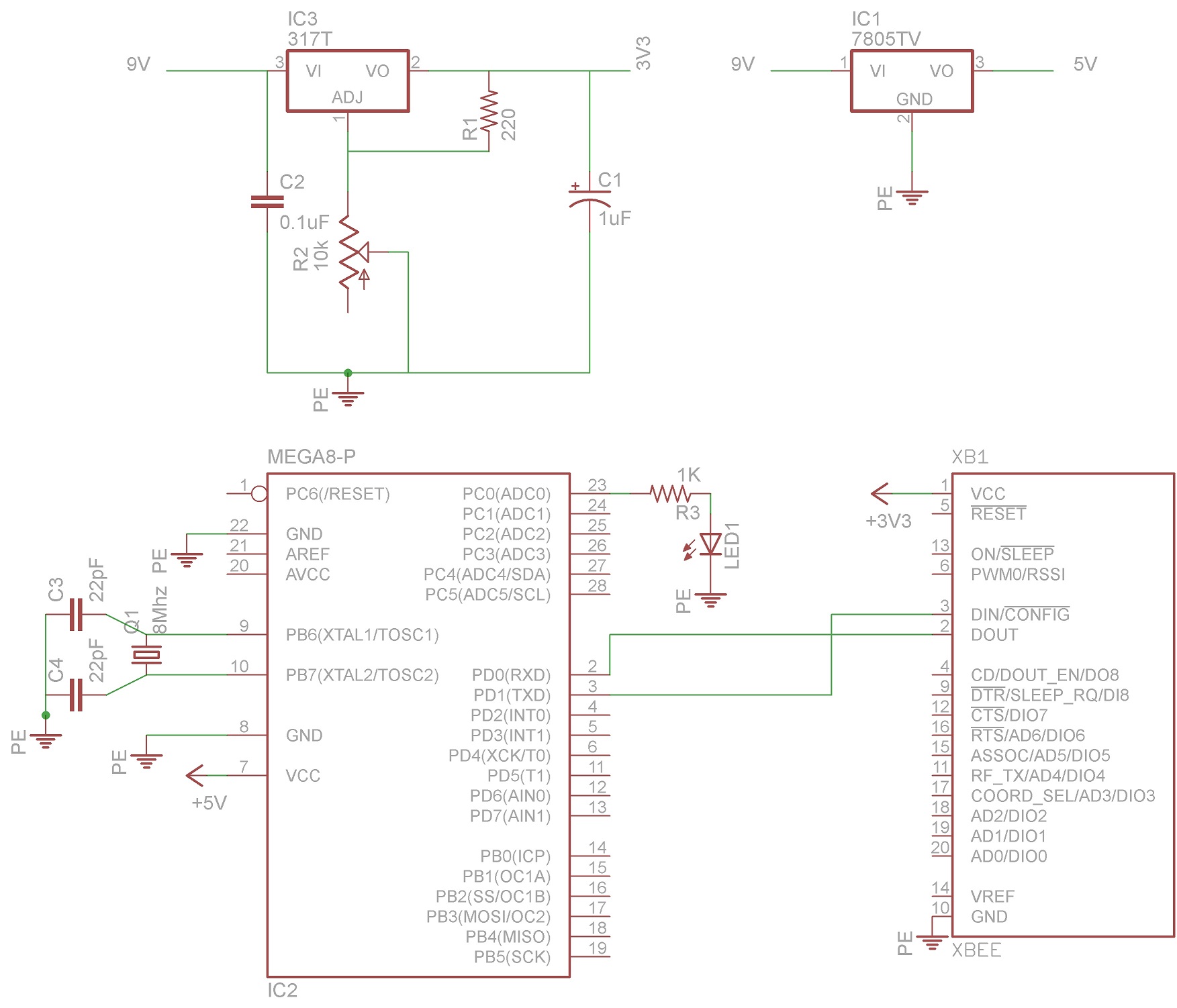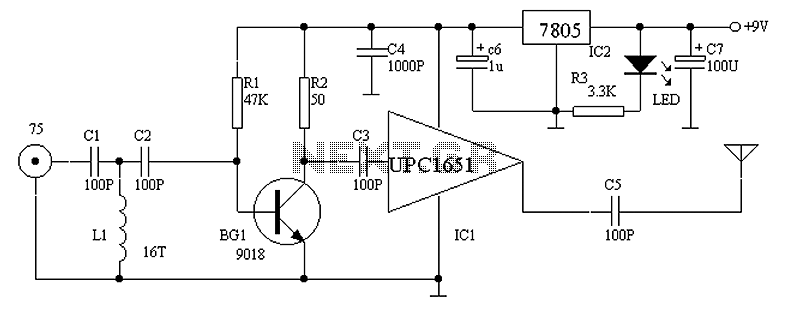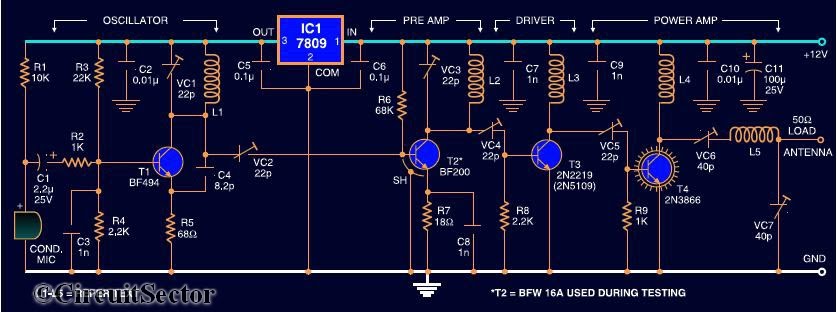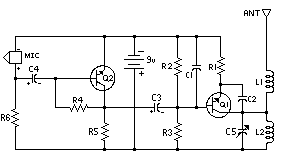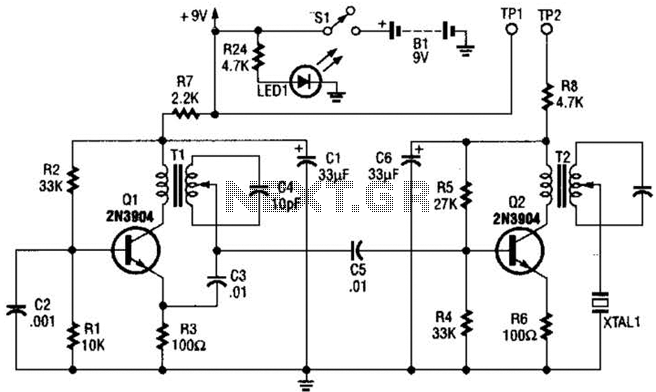
Video/Audio Wireless Transmitter
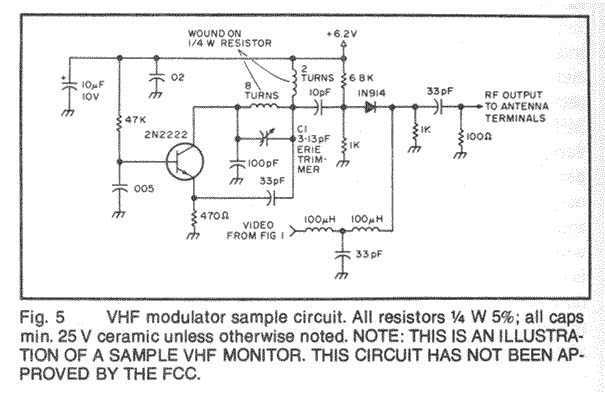
In this fast-paced world, there is little time for inconveniences and a greater need for portability and adaptability. The idea for an Audio/Video transmitter stems from this need. There may have been times when you’ve wanted to hook up your VCR from one room to another television set in another room. But that would have entailed that you first unhook all kinds of wires and plugs from the primary TV set; carry the VCR to the next TV set; and then finally re-wire everything together. An Audio/Video transmitter will let you do just about the same thing. But it would offer other conveniences as well. For example, it would allow you to set up security cameras around your home which would send video signals directly to a TV or VCR. And, there are no cumbersome wires and cables to line throughout the intended area.
An Audio/Video transmitter is a wireless device designed to transmit audio and video signals over a designated frequency. The primary components of this system typically include a transmitter unit, a receiver unit, and the necessary antennas for signal propagation. The transmitter converts audio and video signals into a modulated radio frequency signal, which is then transmitted through the air.
The transmitter unit usually comprises an encoder that processes the input signals from the source device, such as a VCR or camera. This encoder might utilize compression algorithms to optimize the signal for transmission, ensuring minimal loss of quality. Following the encoding process, the modulator takes the encoded signals and modulates them onto a carrier frequency suitable for wireless transmission.
The receiver unit, located at the destination (such as a television or VCR), demodulates the received radio frequency signal back into audio and video signals. This unit typically includes a decoder that reverses the compression applied during transmission, restoring the original quality of the audio and video.
For enhanced performance, the system may employ frequency-hopping spread spectrum (FHSS) or direct-sequence spread spectrum (DSSS) techniques to minimize interference and improve the reliability of the transmission. Additionally, the use of antennas, such as dipole or patch antennas, is critical for effective signal transmission and reception, influencing the range and quality of the wireless link.
The practical applications of an Audio/Video transmitter extend beyond simple VCR connections. It can facilitate the installation of security cameras, allowing real-time video feeds to be sent wirelessly to monitoring stations without the need for extensive cabling. This flexibility makes it an ideal solution for both residential and commercial environments, where adaptability and ease of installation are paramount.
Overall, the Audio/Video transmitter represents a significant advancement in wireless technology, offering convenience and versatility in the management of audio and video devices.In this fast-paced world, there is little time for inconveniences and a greater need for portability and adaptability. The idea for an Audio/Video transmitter stems from this need. There may have been times when you`ve wanted to hook up your VCR from one room to another television set in another room.
But that would have entailed that you first unhook all kinds of wires and plugs from the primary TV set; carry the VCR to the next TV set; and then finally re-wire everything together. An Audio/Video transmitter will let you do just about the same thing. But it would offer other conveniences as well. For example, it would allow you to set up security cameras around your home which would send video signals directly to a TV or VCR.
And, there are no cumbersome wires and cables to line throughout the intended area. 🔗 External reference
An Audio/Video transmitter is a wireless device designed to transmit audio and video signals over a designated frequency. The primary components of this system typically include a transmitter unit, a receiver unit, and the necessary antennas for signal propagation. The transmitter converts audio and video signals into a modulated radio frequency signal, which is then transmitted through the air.
The transmitter unit usually comprises an encoder that processes the input signals from the source device, such as a VCR or camera. This encoder might utilize compression algorithms to optimize the signal for transmission, ensuring minimal loss of quality. Following the encoding process, the modulator takes the encoded signals and modulates them onto a carrier frequency suitable for wireless transmission.
The receiver unit, located at the destination (such as a television or VCR), demodulates the received radio frequency signal back into audio and video signals. This unit typically includes a decoder that reverses the compression applied during transmission, restoring the original quality of the audio and video.
For enhanced performance, the system may employ frequency-hopping spread spectrum (FHSS) or direct-sequence spread spectrum (DSSS) techniques to minimize interference and improve the reliability of the transmission. Additionally, the use of antennas, such as dipole or patch antennas, is critical for effective signal transmission and reception, influencing the range and quality of the wireless link.
The practical applications of an Audio/Video transmitter extend beyond simple VCR connections. It can facilitate the installation of security cameras, allowing real-time video feeds to be sent wirelessly to monitoring stations without the need for extensive cabling. This flexibility makes it an ideal solution for both residential and commercial environments, where adaptability and ease of installation are paramount.
Overall, the Audio/Video transmitter represents a significant advancement in wireless technology, offering convenience and versatility in the management of audio and video devices.In this fast-paced world, there is little time for inconveniences and a greater need for portability and adaptability. The idea for an Audio/Video transmitter stems from this need. There may have been times when you`ve wanted to hook up your VCR from one room to another television set in another room.
But that would have entailed that you first unhook all kinds of wires and plugs from the primary TV set; carry the VCR to the next TV set; and then finally re-wire everything together. An Audio/Video transmitter will let you do just about the same thing. But it would offer other conveniences as well. For example, it would allow you to set up security cameras around your home which would send video signals directly to a TV or VCR.
And, there are no cumbersome wires and cables to line throughout the intended area. 🔗 External reference
